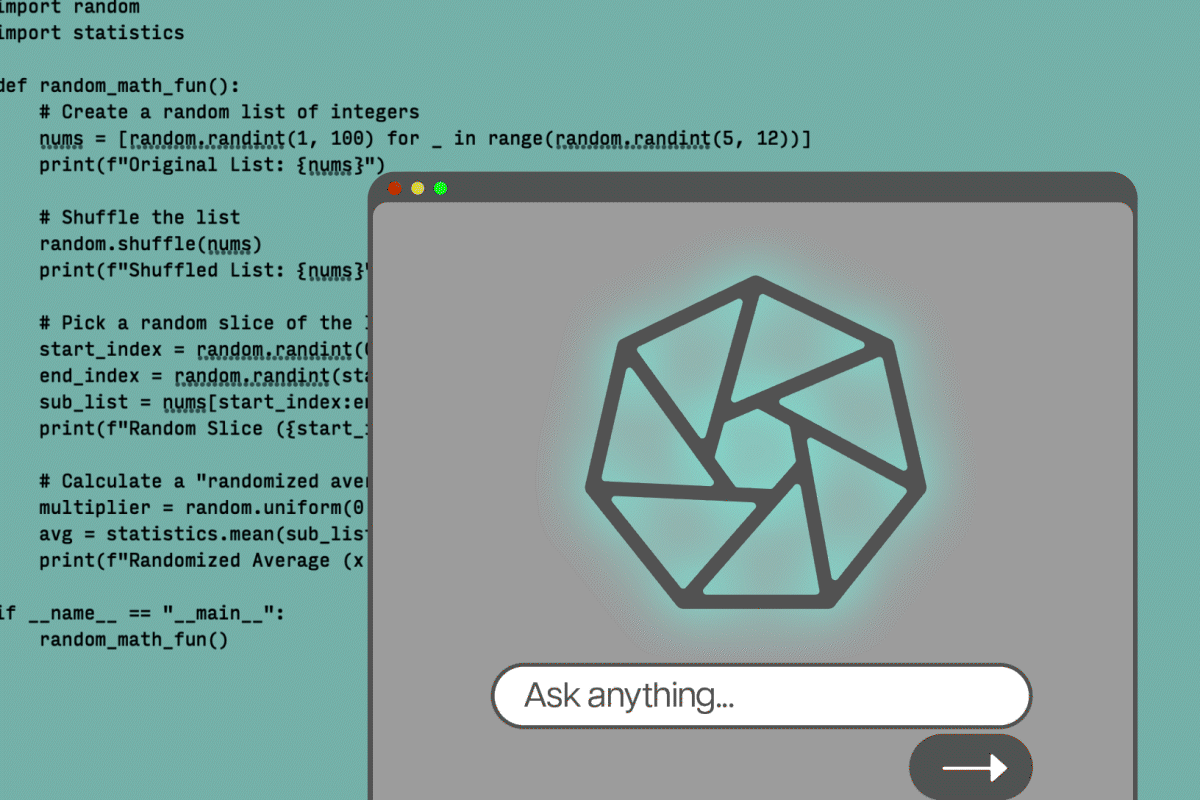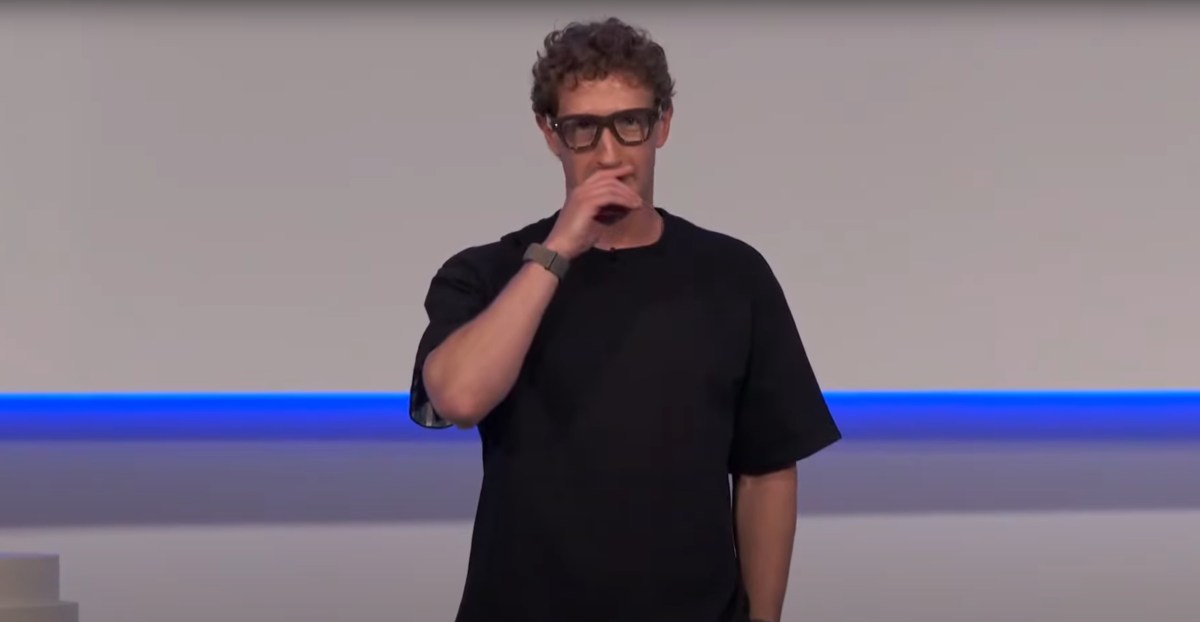
Is AI the end of software engineering or the next step in its evolution?
Sources: https://www.theverge.com/ai-artificial-intelligence/767973/vibe-coding-ai-future-end-evolution, The Verge AI
TL;DR
- Vibe-coding lowers the barrier to writing code, enabling people with limited coding experience to build products.
- Real-world progress hinges on adopting an editorial approach: iterative prompts, structural edits, and careful refinement rather than blind prompt-and-pray.
- Security and architecture remain significant concerns, but automated tools can help surface vulnerabilities and improve testing.
- The current capabilities extend beyond single-file tasks to cross-folder and cross-codebase understanding, yet durable, production-grade systems still demand real-world software engineering expertise.
- The episode around a high-profile Tea app incident shows how people frame AI risks; attribution matters as much as the technology itself. The Verge AI.
Context and background
The essay opens with a digest of a familiar tech story: early experiments with ChatGPT coding could produce functional lines, but often arrived alongside a tangle of unrelated fragments. That kind of output—over-engineered and verbose—mirrors the classic Monkey’s Paw analogy: the tool grants a coding wish, but at a steep, often hidden cost elsewhere. The author likens this to pair-programming with a savant intern—capable, but eager to please and quick to alter, sometimes sweeping changes that aren’t aligned with the deeper problem. The contrast then sharpens around a more constrained problem space: when asked to run a dozen tiny lines in parallel, the AI could dramatically reduce total execution time. This illustrates a broader point: the value of AI-assisted coding increases when the problem space is bounded and localized. The metaphor of a high-precision 3D printer is used to distinguish the quality of small, localized parts from the risks of asking an AI to design an entire cockpit in one go. This is the core of what the piece calls “vibe-coding”—a term elevated by tech discourse and even linked to a Google app named Opal—that aims to democratize coding for nonprofessionals without necessarily delivering production-grade software on day one. The Verge AI. The essay also situates vibe-coding in a longer lineage: no-code tools and intuitive interfaces have always aimed to lower the barrier to entry. Yet it sympathizes with the traditional software engineering perspective—particularly the craft of building robust, scalable systems—that can’t be reduced to a single technique or shortcut. The author notes that many developers still engage in a practice known as “shotgun debugging,” where quick, rash changes are made in the hope of hitting the right result; vibe-coding can inadvertently encourage this pattern unless balanced by deliberate editorial steps. The piece suggests that the most productive AI-assisted coding may look less like one developer churning out code and more like an editorial partnership: a human editor guiding an AI through a sequence of refinements. In this sense, AI becomes an assistant that helps you understand code as well as write it. The Verge AI. The essay also reframes the developer’s workflow. When an unfamiliar codebase is encountered, asking the AI to outline its basic flow can yield a flowchart that saves substantial time. The author reflects on a tension between the social dynamics of Silicon Valley—snobbery toward nontechnical roles—and the practical reality that building nontrivial, production-grade software typically requires real-world engineering discipline. The metaphor of a city helps describe a codebase: data pipelines and event-driven components form a complex, interconnected system where introducing a new node can ripple through the entire network, changing traffic, sunlight, and even the surrounding ecosystem. That broader view underscores a core theme: vibe-coding may be powerful for isolated tasks, but interoperation across systems remains a critical challenge. The Verge AI. A notable real-world incident—the Tea app episode that exposed thousands of driver’s licenses—serves as a focal point for debate around vibe-coding. Critics leaned on the incident to question the technology’s maturity, while defenders argued that the security failure was not necessarily caused by vibe-coding itself. The piece argues that the security concerns around vibe-coding are part bogeyman, part reality: AI can help write more secure code, and automated tools can flag potential vulnerabilities. The author notes that when vendors promote AI tools for security, there is a rising expectation to integrate security audits into the workflow, including automated checks and broader testing regimes. The Verge AI. In short, the piece positions vibe-coding as an emerging capability that challenges how we think about programming. It acknowledges both the excitement over the potential to blur boundaries between technical and nontechnical roles and the ongoing need for deep expertise in software architecture, security, and system design. The overarching message isn’t “AI will replace engineers” but rather: AI-assisted coding will likely require a new editor-in-the-loop discipline, one that combines human judgment with AI-generated ideas to deliver reliable software.
What’s new
What’s new in vibe-coding, as described in the essay, is not a single feature but a shift in how developers approach the act of building software. The current generation of AI models can understand context across multiple folders and even multiple codebases, moving beyond the historical limitation of operating on a single file. This expanded context enables more coherent assistance for larger, interconnected systems, though it also raises questions about how to maintain architectural integrity as the AI’s output scales. The piece highlights a growing view that the practical value of AI in coding lies in an editorial workflow: break down problems, refine by rounds of prompts, and perform structural edits before worrying about line-level minutiae. The piece also points to concrete, real-world tests of the technology’s impact, including the Tea app incident. While the author stresses that vibe-coding was not proven to be the cause of the data exposure, the event catalyzed public discussion about responsibility, security, and the role of AI in software development. The author argues that even if such incidents reveal limits, the technology can still contribute positively by correcting or flagging insecure patterns and by enabling developers to create more tests and more robust tooling. The Verge AI. From a practical standpoint, the piece emphasizes that vibe-coding should be treated as a tool that complements human expertise rather than a replacement for it. The editorial mindset—assigning tasks, waiting for feedback, and applying iterative refinements—can help steer AI output toward more reliable results. The takeaway is not merely how to code with AI today, but how to think about code, architecture, and security in a world where cognition can be shared with machines. The Verge AI.
Why it matters (impact for developers/enterprises)
- For developers, vibe-coding reframes the practice of coding as a collaborative process with AI that benefits from an editorial approach. Writing code becomes less about generating perfect lines on the first try and more about guiding the AI through a series of structured edits to align with a vision.
- For enterprises, the ability to understand code across directories and bases could accelerate onboarding and reduce time-to-value on new features, provided architectural coherence and security practices are maintained.
- The discussion around security suggests that automated tooling can augment a developer’s workflow by highlighting potential vulnerabilities and enabling more comprehensive testing, while also cautioning that SOC and architectural decisions still demand human oversight.
- The tea-party-like controversy around vibe-coding and security incidents demonstrates the importance of context when evaluating AI-assisted tooling: misattributions can skew perception, but the underlying risk—how to ensure secure, scalable architectures—remains real. The Verge AI.
Technical details or Implementation
The article frames vibe-coding as a workflow where AI acts as an editor-in-chief for code rather than a blunt code generator. Key practices include:
- Start with a constrained problem space: pose specific questions or small, well-defined tasks so the AI can deliver targeted results that can be easily refined.
- Use iterative prompts and successive edits: apply a volley of prompts to trim, reorganize, and improve the AI’s output until it aligns with the desired architecture and style.
- Emphasize structural edits before line-level tweaks: focus on architecture, module boundaries, and data flows before polishing individual lines.
- Leverage the AI to understand unfamiliar codebases: request a high-level flow or a diagram of major components to accelerate comprehension.
- Treat the AI as a generator of understanding as well as code: when asked for explanations, the AI can provide a flowchart or narrative outlining how components interact.
- Acknowledge the limits of AI “taste”: good software architecture emerges from numerous micro-decisions and patterns—not from a single prompt. This “taste” may develop only through deep domain experience and practical on-call learning.
- Security as a collaborative process: automated tools can flag vulnerabilities and improve test coverage, while humans must still design and validate secure patterns, including considerations around data protection.
Table: vibe-coding vs traditional coding (high-level comparison)
| Aspect | Vibe-coding with AI | Traditional coding |---|---|---| | Context scope | Can understand context across folders and codebases | Often limited to individual files or narrowly scoped changes |Output style | Editable, often requiring editorial refinement | Typically expects precise, hand-crafted code from the start |Risk management | Tools can flag vulnerabilities; relies on editor-guided process | Relies on developer discipline and review culture |Production-readiness | Depends on editorial discipline and architecture governance | Historically oriented toward proven patterns and robust reviews |Speed and iteration | Potentially faster per task with constrained problems | Iterative, but slower for larger, integrated changes |
Key takeaways
- Vibe-coding expands the set of people who can participate in coding by reducing barriers to entry, but production-grade software still depends on solid software engineering practices.
- An editor-in-the-loop approach—structural edits, sequential prompts, and careful refinement—may yield more reliable AI-assisted code than a single-shot generation.
- The ability to understand and work across multiple codebases is a significant evolution for AI assistants, though it introduces new responsibilities around system architecture and integration.
- Security considerations are real and should be addressed with automated checks and human oversight; incidents can be informative for how teams structure their AI-assisted workflows.
- The broader narrative around vibe-coding includes both enthusiasm and caution: the technology is a tool, not a universal solution for building all software tasks. The Verge AI.
FAQ
-
What is vibe-coding?
mode of using AI to assist coding where the process emphasizes localized tasks, iterative prompts, and editorial refinement to shape output into usable software.
-
Can vibe-coding replace software engineers?
The essay argues that durable, production-grade software still requires real-world software engineering expertise, architecture judgement, and on-call experience; vibe-coding is a tool that augments but does not replace engineers.
-
How does vibe-coding affect security and reliability?
utomated tools can flag potential vulnerabilities and help generate more tests, while responsible teams treat security as an ongoing, human-guided process rather than a purely automated one.
-
What’s new about current AI capabilities in coding?
I models can understand context across multiple folders and codebases, enabling more coherent assistance for larger software projects compared to earlier single-file limitations.
-
What is the takeaway for teams evaluating vibe-coding tools?
Embrace an editor-in-the-loop workflow, deploy automated checks, and maintain a governance approach to architecture and security to maximize benefits while managing risk.
References
More news
First look at the Google Home app powered by Gemini
The Verge reports Google is updating the Google Home app to bring Gemini features, including an Ask Home search bar, a redesigned UI, and Gemini-driven controls for the home.
Meta’s failed Live AI smart glasses demos had nothing to do with Wi‑Fi, CTO explains
Meta’s live demos of Ray-Ban smart glasses with Live AI faced embarrassing failures. CTO Andrew Bosworth explains the causes, including self-inflicted traffic and a rare video-call bug, and notes the bug is fixed.
OpenAI reportedly developing smart speaker, glasses, voice recorder, and pin with Jony Ive
OpenAI is reportedly exploring a family of AI devices with Apple's former design chief Jony Ive, including a screen-free smart speaker, smart glasses, a voice recorder, and a wearable pin, with release targeted for late 2026 or early 2027. The Information cites sources with direct knowledge.
Shadow Leak shows how ChatGPT agents can exfiltrate Gmail data via prompt injection
Security researchers demonstrated a prompt-injection attack called Shadow Leak that leveraged ChatGPT’s Deep Research to covertly extract data from a Gmail inbox. OpenAI patched the flaw; the case highlights risks of agentic AI.
Move AI agents from proof of concept to production with Amazon Bedrock AgentCore
A detailed look at how Amazon Bedrock AgentCore helps transition agent-based AI applications from experimental proof of concept to enterprise-grade production systems, preserving security, memory, observability, and scalable tool management.
Predict Extreme Weather in Minutes Without a Supercomputer: Huge Ensembles (HENS)
NVIDIA and Berkeley Lab unveil Huge Ensembles (HENS), an open-source AI tool that forecasts low-likelihood, high-impact weather events using 27,000 years of data, with ready-to-run options.





